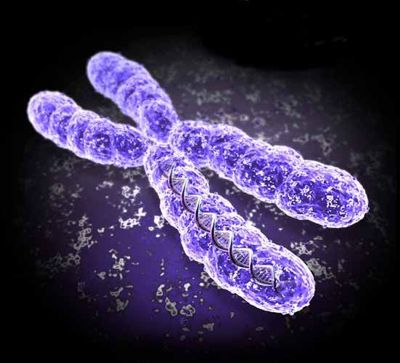Team:Missouri Miners/Project
From 2011.igem.org
| Line 3: | Line 3: | ||
| + | <div id="box" style="position: relative; width: 740px; margin-left: 30px; top:-10px; padding: 5px; background-color: #000000;"> | ||
| + | <div id="template" style="font-weight: regular; font-size: medium; color: silver; padding: 5px;"> | ||
| + | <h1>Welcome to the Missouri Miners Wiki page! </h1><br /> | ||
Revision as of 08:56, 26 September 2011
Welcome to the Missouri Miners Wiki page!
In the bodies of people with diabetes, the ability to recognize and respond to glucose concentrations in the blood has been compromised. As a result, glucose accumulates to dangerous levels. High blood glucose concentrations can cause irreversible damage to critical organs, impairing their functionality. With parts from the iGEM registry, our team created a glucose-controlled promoter linked to a yellow fluorescence production gene in E. coli. The concentrations of glucose to which the promoter responds can be determined. Once the concentration is known, the promoter can be mutated so that it will be activated by varying concentrations of glucose and be used as a glucose sensor for people with diabetes. In the future, an insulin gene could be added to this system for use in insulin pumps, where specific glucose levels trigger insulin production in E. coli.
As a standard of iGEM, E.coli will be used as the bacterium for this research. We will incorporate the eYFP, RBS, and Omp-R genes into the DNA of the E.coli in the form of a plasmid. The plasmid will consist of two main parts. The first is an iGEM part: a glucose concentration activated promoter gene. The second is a DNA sequence which codes for a yellow florescence protein (eYFP). The promoter will regulate the expression of the eYFP (Modeling). Restriction enzymes will be used to cut the circular E.coli DNA at specific points. Because eYFP has more base pairs than RBS (ribosome binding site) and Omp-R, we will cut the eYFP genes completely out so that eYFP and RBS can be combined with eYFP as the insert and RBS as the vector(Modeling). After these have been ligated together, the new eYFP/RBS plasmid will be cut and reassembled with eYFP/RBS as the insert and Omp-R as the vector.
To check results and separate plasmids and genes, the team will use Gel electrophoresis. For instance, after the initial digests in which Omp-R, eYFP, and RBS have all been cut in the appropriate places, the team will run a gel first: to make sure that the digestion worked as planned, and second: to separate the various pieces from their original plasmids. We will also be useing cultures with Ampicillin to make sure that the ligations are viable and that they have the right genes. Each Digestion will be followed by a Gel and each ligation will be followed by transformation. To veiw the results of these experiments, visit the Notebook tab.
Part 1:
The Experiments
 "
"






